Postcards From Osaka
On any given day, waking bleary eyed at 3 a.m to the sound of my alarm gently coaxing me to consciousness usually results in an uncoordinated fumble to hit the snooze button. On this day though, I dutifully got up and went through the motions of the morning routine, because 8 months prior, I excitedly purchased flights to Japan without realising the consequences of a 6 a.m international flight. The following few hours were a blur honestly, I admittedly binge watched the latest season of Girls, and when my eyeballs felt like they were about to fall out from dryness I just slept. I think being able to sleep on a plane without the aid of any melatonin is one of my greatest skills, I’ll be sure to put that down on my resume next time.
Kuidaore (食い倒れ) in Japanese roughly translates to “to ruin oneself by extravagance in food.” Now I’m not the one to promote any self destructive behaviour, but if I were to choose a way to “ruin oneself” I think indulging in food is a damn good way to do it. The word kuidaore is most commonly associated with Osaka’s Dotonbori area, which is a popular nightlife spot with what could only be described as an eccentric food hub that could be mistaken for an amusement park where the aim is to eat. eat. eat. It is also no coincidence that the Airbnb I chose to stay at is just around the corner.
Walking down the main strip of Dotonbori that runs along the canal you are confronted with a huge neon sign that buzzed loudly reminiscent of a defunct amusement park. It looked fairly quiet as I slowly walked along peering in to restaurants serving unagi, yakiniku or fugu for the adventurous. It was only when I hit the intersection that the true magnificence of Dotonbori became apparent. Giant mechanical crabs with blazing illuminated billboards beckoning you to explore and join in the lively atmosphere. Amongst giant crabs there are puffer fish lanterns, and more interestingly a giant octopus eating takoyaki — canabalism isn’t usually the best way to entice me, but hey, I’m not the octopus here, so it’s alright if I eat it (and it was the best takoyaki I’ve ever had in my life.)
After recovering from a food coma the following day I went to visit Osaka Castle. Once I exited the station and made my way through the beautiful walk ways lined with trees I couldn’t help but be distracted by a… smell. It was only after a baffling few moments of having my olfactory senses assaulted, did I realise the culprit were the beautiful green and golden Ginkgo Biloba trees above me. The trees produce a very unique fan like foliage, but the seeds they drop also emit a horrendous smell.
Osaka Castle does not need any introductions, like all good castles, it comes with a moat. The white facades with golden accents were more accentuated by the perfect blue skies and sunshine the day I visited. The castle is the main attraction, but one should not miss the super light matcha soft serve sold near the front of the castle.
Japan has a real knack for preserving it’s old world charm while simultaneously being at the forefront of innovation and technology. After visiting Osaka Castle from the sixteenth century I was ready for a bit of modernity. I headed to Umeda Sky Building for a spot of lunch. I heard that there was an unmissable okonomiyaki restaurant that is unbeatable in the basement. By this point I was pretty hungry, and was dreading the inevitable queue that comes with anything good in Japan. As many restaurants, particularly the ones off the tourist strips are quite hidden, and often behind closed doors, it is hard to tell which restaurant you’re venturing in to. While walking around the basement I was looking for the telltale sign of a queue to lead me to Kiji Sky. There was no such queue; as I did arrive in the late afternoon. Since I can not read Japanese, I whipped out my phone and sheepishly searched up pictures of Kiji Sky and noted “it’s the one with the red noren out the front, with the logo that has a squiggly line and 2 dashes” — very eloquent description, I know.
Any intimidation from a closed door that you can not see beyond is quickly eliminated, as you slide open the wooden door and are greeted by two friendly chefs behind a hotplate bar chatting to locals. I’ve never had authentic okonomiyaki before, the renditions I’ve tried in Sydney tend to be a bit of a gluey mess covered in thick brown sauce. Any doubts I had were quickly dismissed as the chef placed a piping hot pancake filled with fresh cabbage and tender pieces of squid in front of me on my own hot plate. First bite revealed that okonomiyaki does not need to be gluey, but instead it had a lovely bite to it thanks to the mixture of ingredients that were concealed in the dough mixture. It has a more-ish flavour with accents of pickled ginger; perfect with a beer if that’s what you fancy.
I didn’t come to Umeda Sky Building to just eat, I wanted to see the sun set over Osaka for my last night in the city. The Umeda Sky Building consists of two 40-story towers that connect with escalators near the atrium. You need to pay a few yen to take the ear-popping elevator ride to the 39th floor to enter the Sky Garden Observatory, which provides a 360 degree outdoor view of Osaka’s skyline. Observing the world go by from a different perspective can be a tranquil one, especially when you’re 170 metres above ground level and planes landing in Kansai Airport are in closer proximity than the tiny cars below scuttling along as people got on with their day. When 5:45pm hit the sun was ready to bid farewell as it sleepily dipped behind the mountains casting a fluorescent glow across the city. It had been a short but sweet visit to Osaka — next stop, KYOTO.

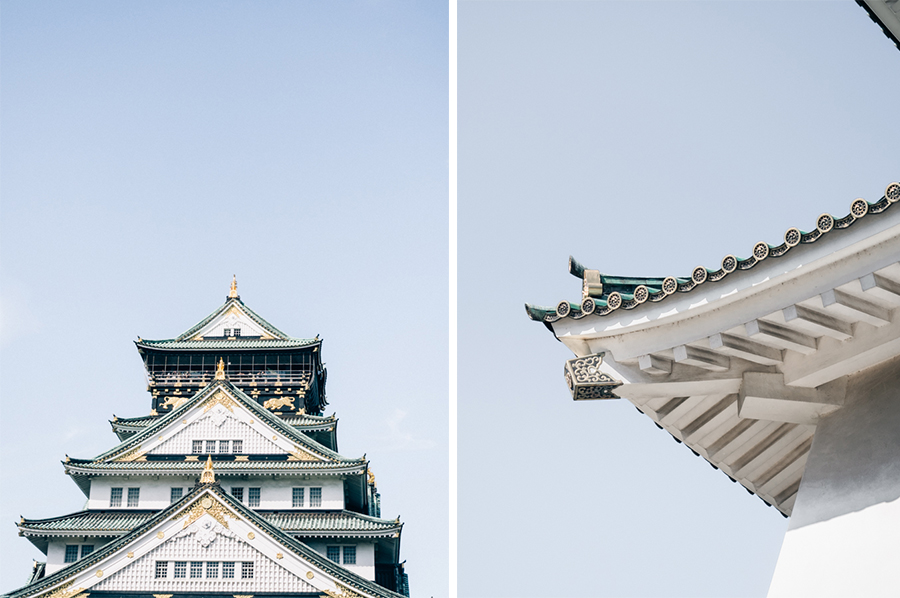


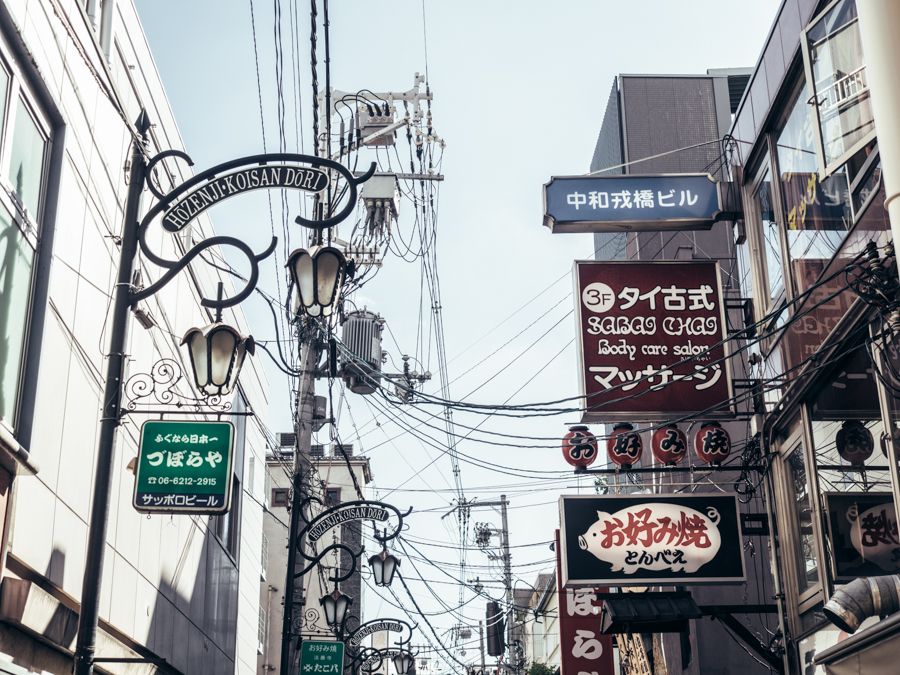
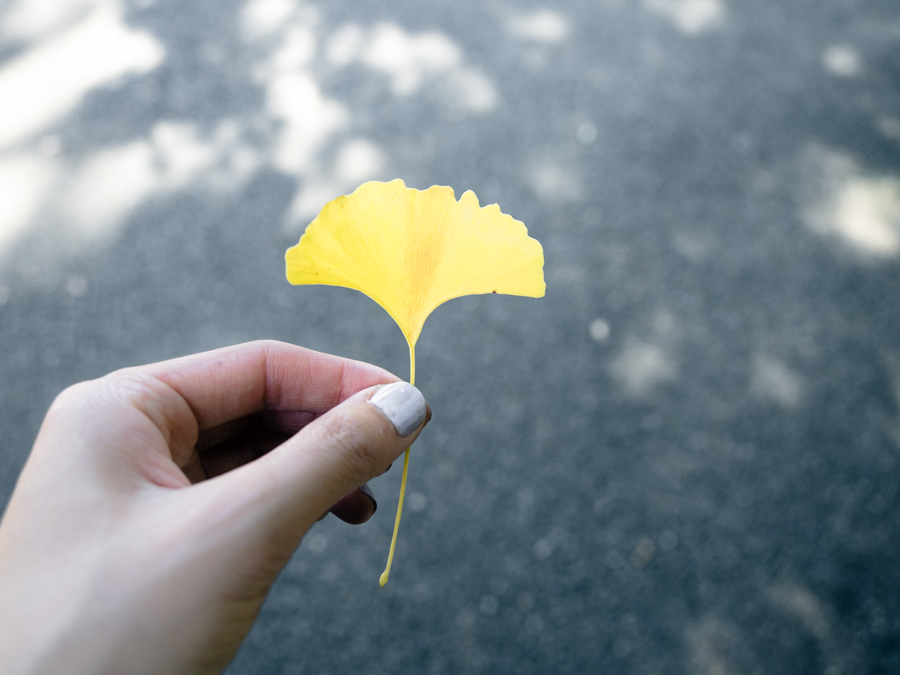
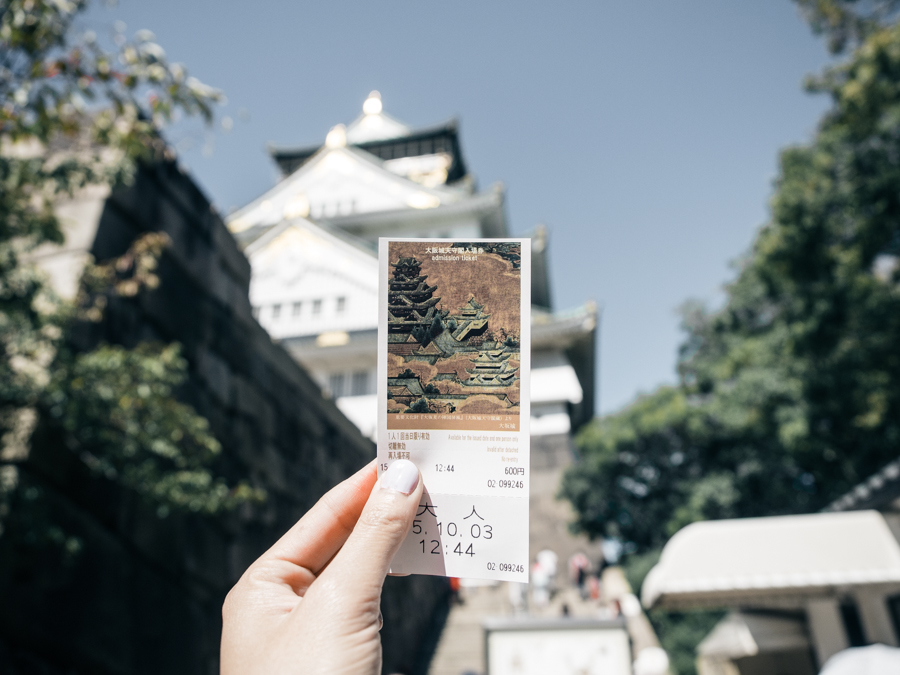

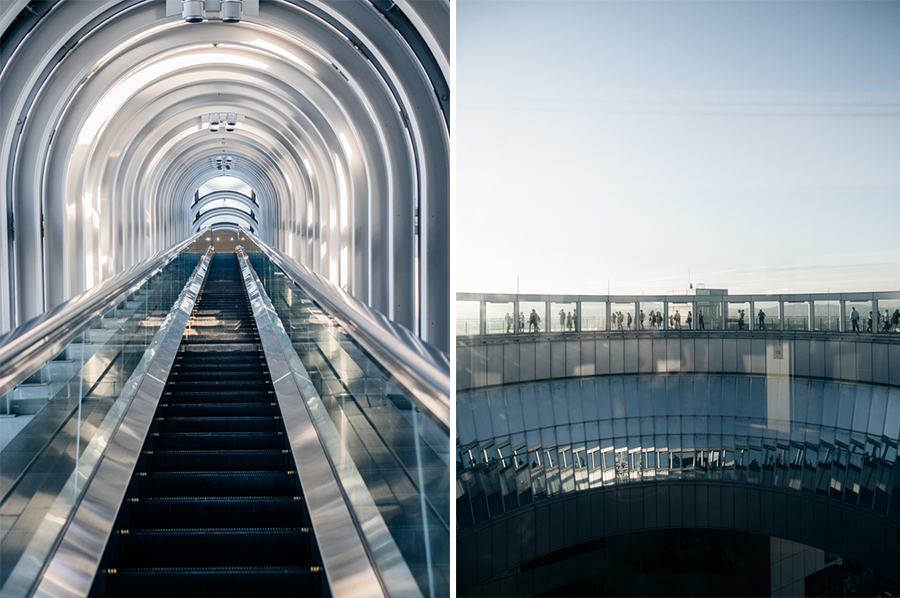
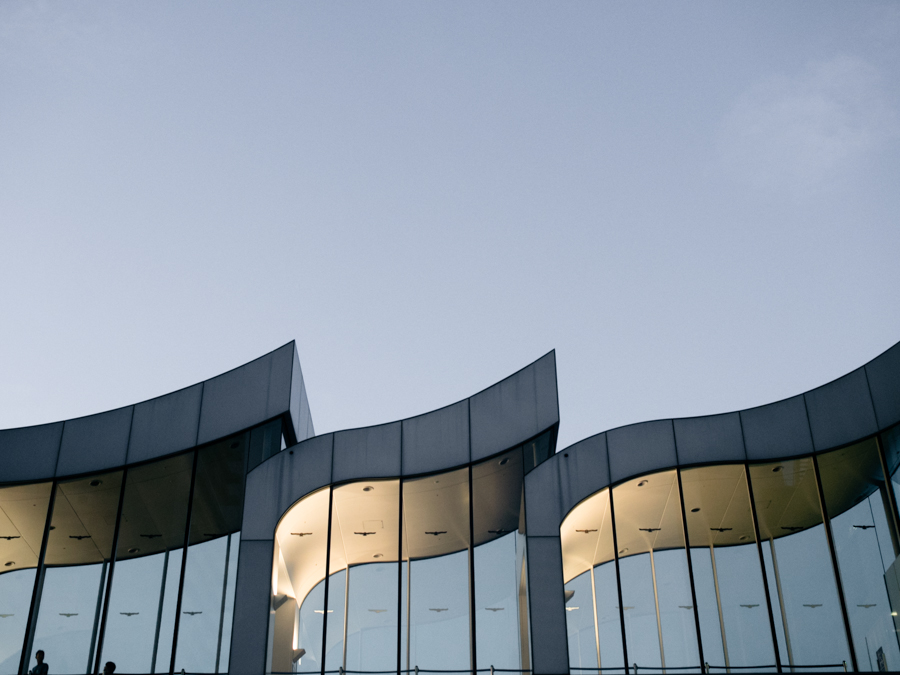

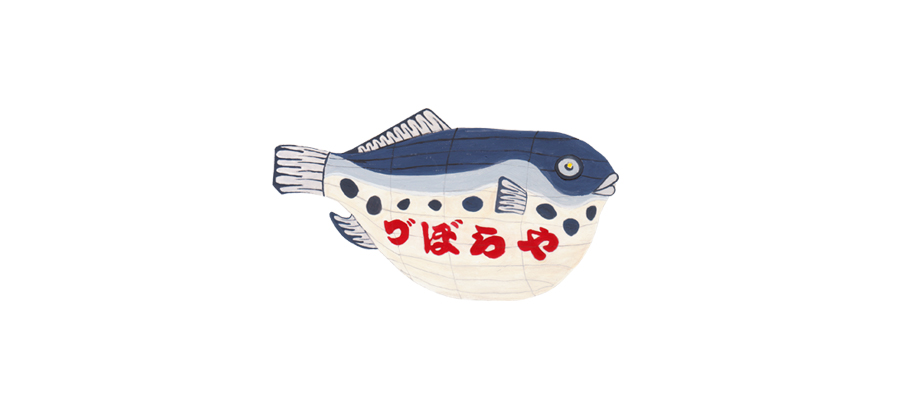



Amazing and beautiful! Japan has the best food by far!